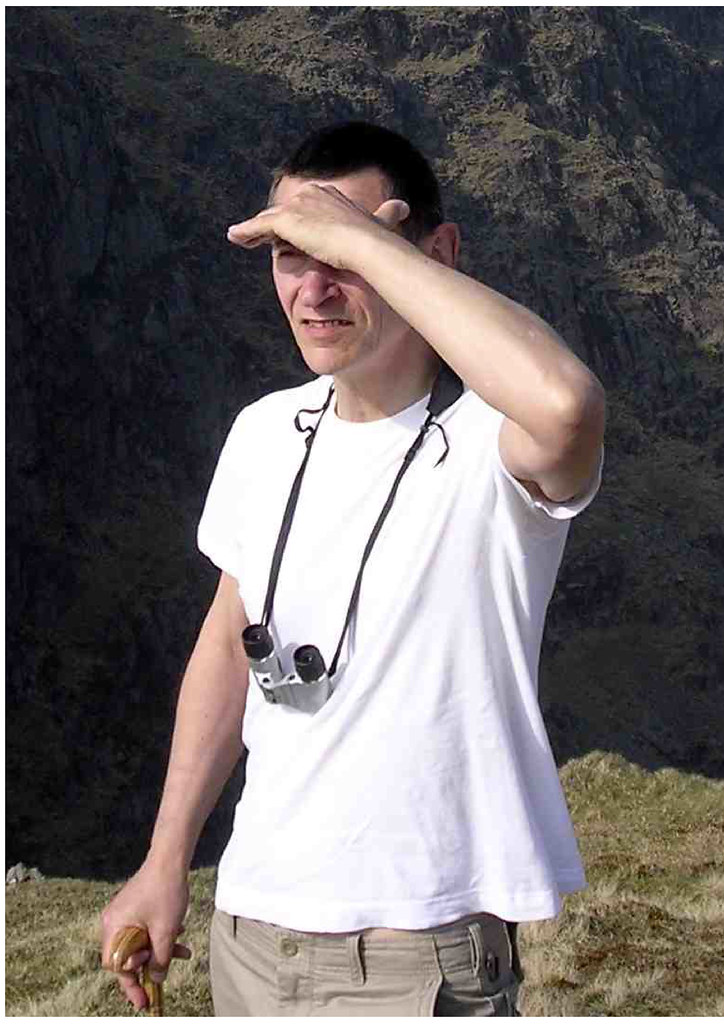I have never had any particular interest in tapered wire or tube until now, when I was shown some bangles and ear-rings, and realised I didn't know how they were made. I recently posted a query on Orchid / Ganoksin, and am currently waiting for information from more experienced metalsmiths. The picture above left shows a solid silver-plated copper hoop, tapered smoothly in both directions, two solid tapered nickel silver finger rings, and a hollow 0.5mm-thick sterling ear hoop. The picture on the right shows the ear hoop sawn in half, it can plainly be seen to have seams around the interior and exterior periphery. However I have also been shown one that has only an interior seam. Anyone give me some ideas of how these are made? By way of experiment, I hammered a 30x10mm cylindrical sprue of pewter into a double-ended spindle shape reminiscent of some of the crescent designs above, although I've not yet worked out how to hammer or press it into a crescent without damaging the cross section.
2011-08-10
Tapered tube & Wire
Posted by
Paul Jelley
at
09:43
![]()
![]()
Subscribe to:
Post Comments (Atom)


2 comments:
Thanks, I was really after some sense that it was a plausible smithing operation, and not something that required hydraulic presses or other technology. None of my searches on synclastic forming turned anything relevant up.
Tapered hollow form is a spiculum, tapered solid forms are found in Celtic through Late Viking work, these were done by forging (drawing out) and filing, twists and weaves were done with the tapered wire. Arm, finger and neck rings were the most common pieces. For details of making and modifying these forms see Oppi Untrach's and Heikki Seppa's work 40 years ago.
Sand or pitch-filled spiculae can be bent by hand very carefully to avoid crushing, or in a jig with both exterior and interior of the bend well supported in two hollow troughs. Look at modern tube/pipe benders to see how they support the cylindrical cross section during bending.
Post a Comment